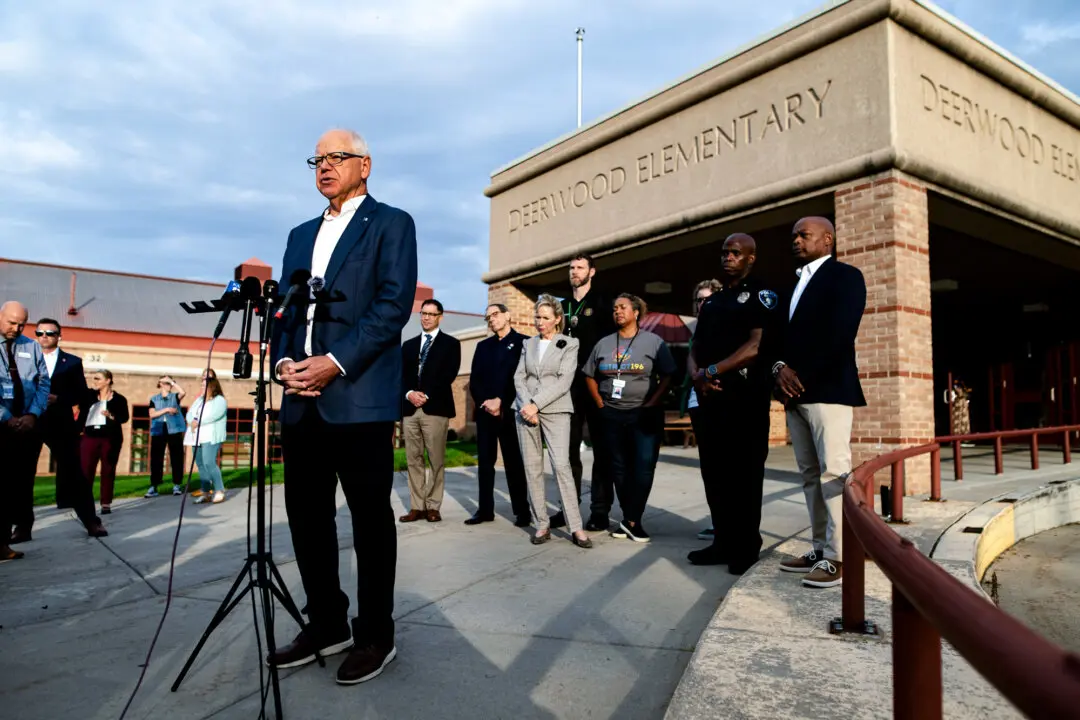As winter approaches, concerns about the reliability of the electric grid in the southern United States have been raised, especially after the rolling blackouts experienced last year.
The North American Electric Reliability Corporation’s (NERC’s) 2023–2024 Winter Reliability Assessment (WRA) released earlier this month provides a comprehensive view of the potential challenges and readiness of the bulk power system (BPS) for the upcoming winter season.





